
Metropolis now: Is our relationship with cities about to change?
by Tony MatthewsIs it time to re-imagine our fundamental relationship with cities?
People bring cities to life.
They interact, work, socialise and travel.
Without this, cities are just collections of buildings and infrastructure.
This relationship is now on hiatus all over the world.
The COVID-19 pandemic left thousands of cities empty, eerie and listless.
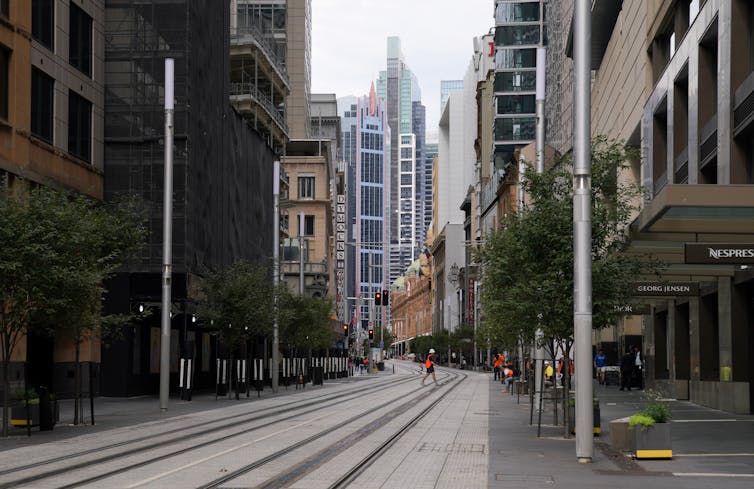
COVID-19 is fundamentally disrupting sense of place.
It is causing transformative change in cities all over the world.
Daily parts of city life, like shared seating, busy trains and eating out, have suddenly become threatening.
Many urban dwellers are redefining their sense of place in response.
We may not view our cities the same way after this pandemic.
Our perceptions and priorities may change, perhaps permanently.
As we start planning for cities after this pandemic, we should recognise this task is as much philosophical as practical.
Transforming the present
It is useful to consider what exactly the COVID-19 pandemic represents for cities and why it can change people’s sense of place so profoundly.
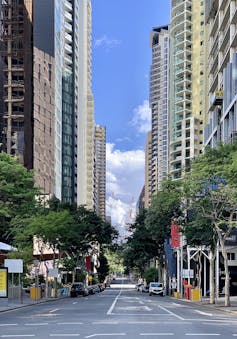
Profound shocks are felt all at once in economic activity, human health and social order.
Impacts occur at all scales.
Almost everybody endures multiple forms of disruption.
Transformative stressors can be unforgiving in exposing problems and weaknesses in systems.
They can be catastrophic in cities because so many systems are integrated, creating multiple points of impact.
COVID-19 also fits the transformative stressor model because it might not be possible to fully manage it.
Recovery planning needs to account for the possibility COVID-19 might never disappear.
It could become an ongoing risk of city life.
What was a distant worry becomes an immediate threat when a transformative stressor hits a city.
Things that were once reliable and comfortable no longer are.
Our behaviour changes in response, causing us to reconsider our sense of place over time.
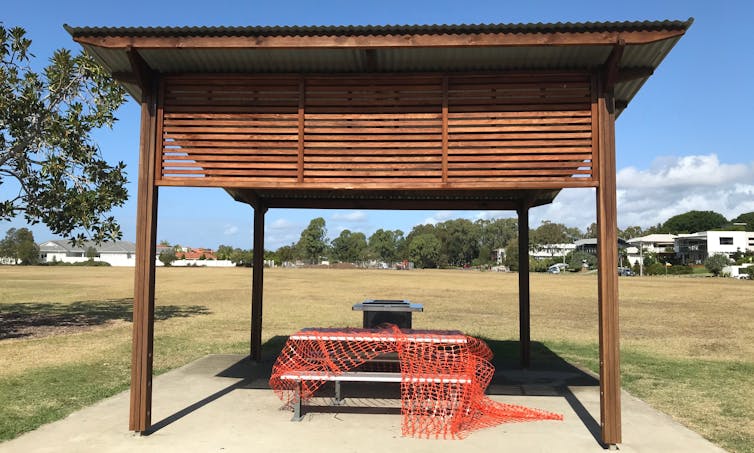
Co-creating the future
The transformative impacts of this pandemic are upending established norms.
But policy innovation can flourish at times like this.
Transformative stressors give policymakers unique opportunities to work outside their normal methods.
People have stoically endured lockdowns in many countries.
Working from home with limited mobility will further prompt many to re-evaluate their sense of place.
Many people will want a big say in the fundamental decisions to be made on the future of their cities after this.
As they seek innovative ways to help cities recover, planners can learn important lessons by consulting urban residents.
Online co-creation processes and workshops are excellent tools for gathering the people’s thoughts and aspirations at this unique time.
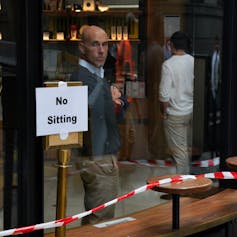
Residents are engaging more closely with their neighbourhoods at the moment.
This allows them to reconsider their local sense of place.
New trends will be revealed through engagement with the public, reflecting changes in their sense of place.
At minimum, there is likely to be more community interest in improving active transport options.
Many people have been reminded of the pleasures of walking and cycling.
Other new priorities may be more green space and better social infrastructure.
On the other hand, enthusiasm for public transport might fall and car ownership rates could rise.
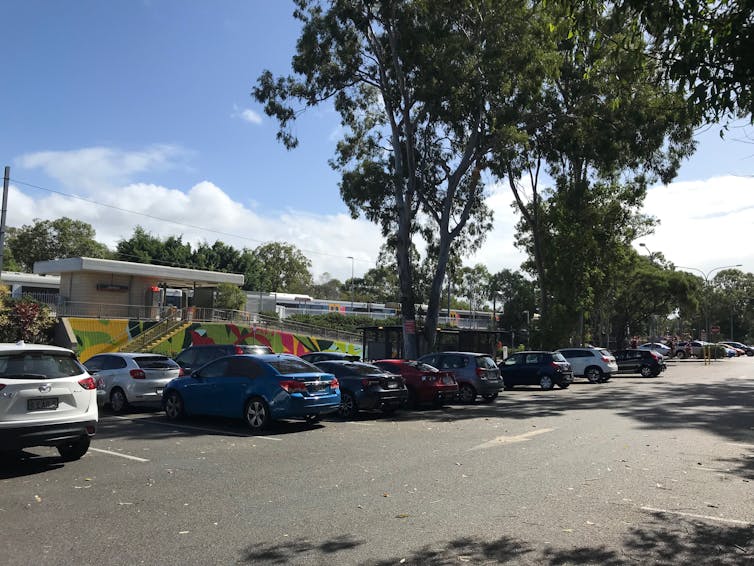
The road ahead
The transformative impacts of this pandemic prompt fundamental questions.
Do people have the same enthusiasm for city living?
Is it time for new urban realities?
What would new realities look like?
How would they be achieved?
These are extraordinary times that call for extraordinary responses.
It is not a time for planners and policymakers to plan for people; it is a time to plan with people.
Many innovations in urban planning are founded in efforts to improve human health.
COVID-19 will undoubtedly prompt a new round of thinking about how cities can be re-imagined.
It will be a big adjustment for urban planning, which has traditionally relied on the relative predictability of how people use space.
People’s perception and attachment to places is changing, perhaps forever.
Decisions on where to go from here will be better made if planners understand how people are redefining their sense of place in this time of profound upheaval.